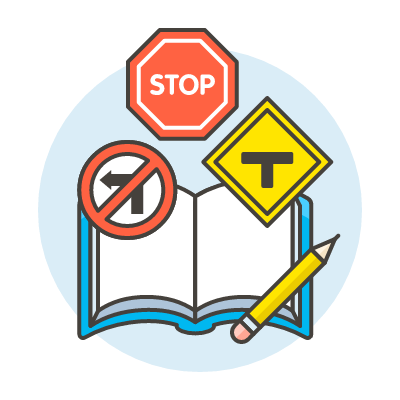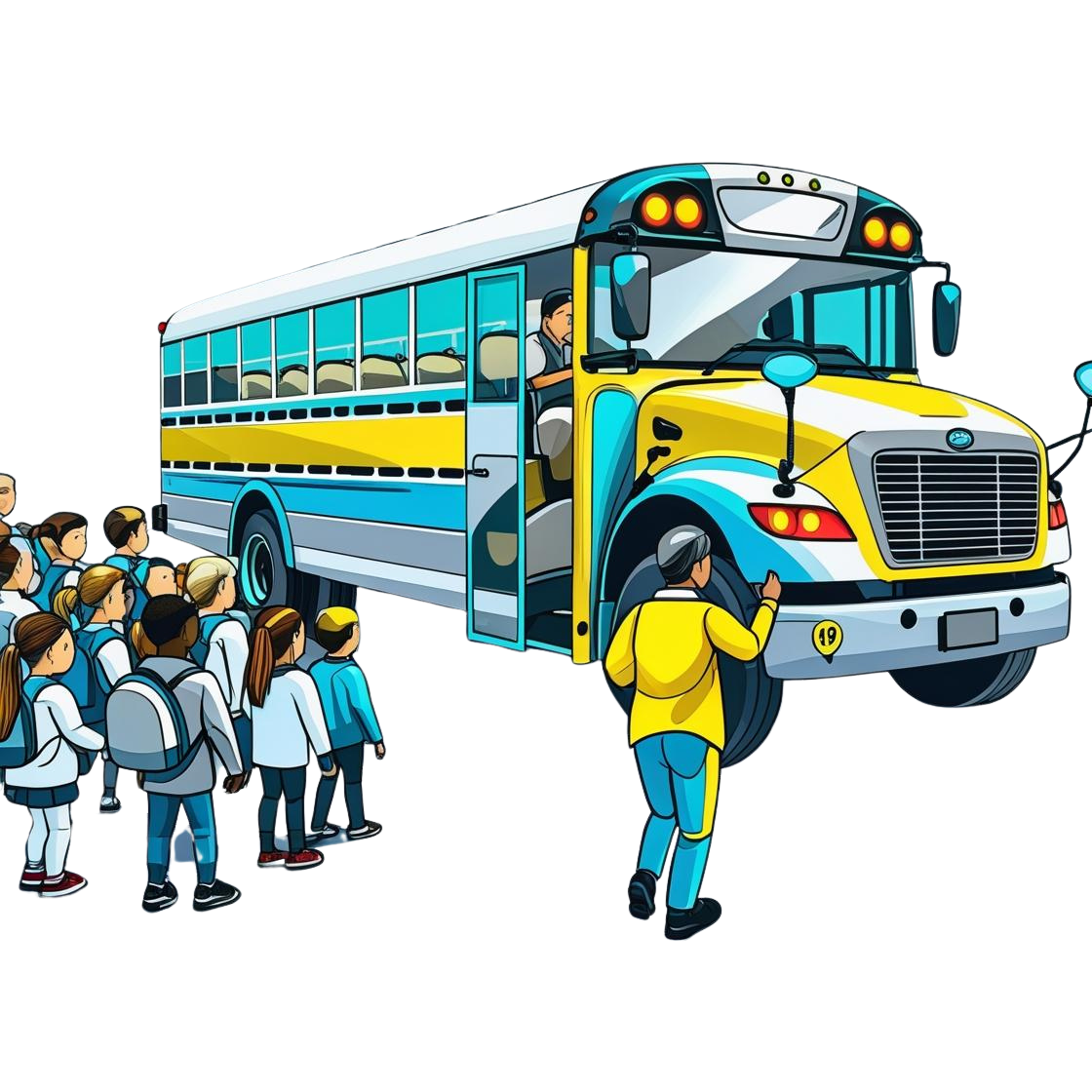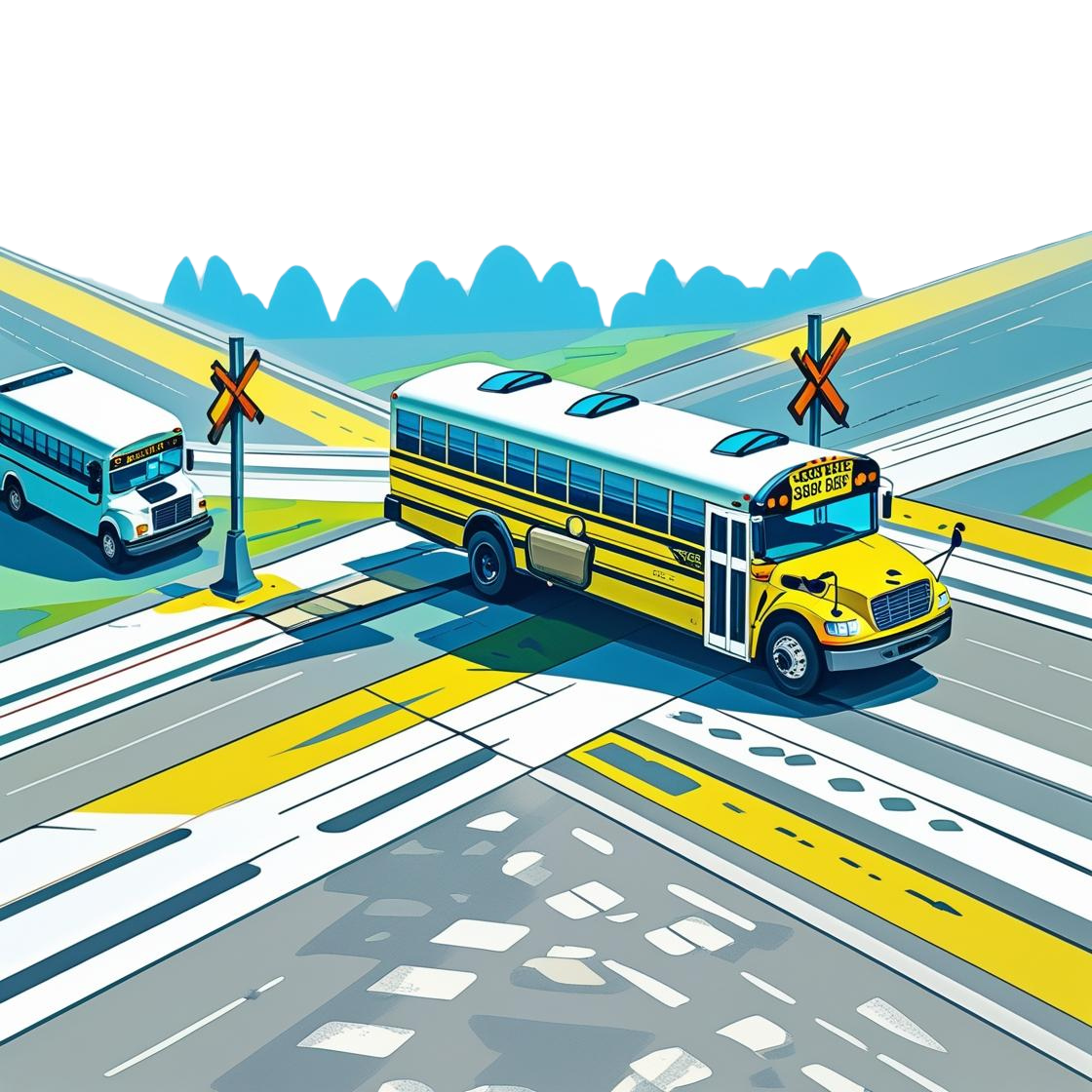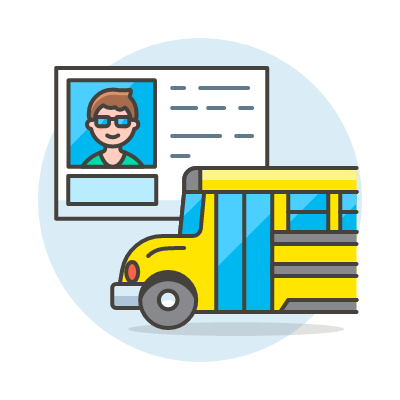Free Canadian School Bus Knowledge Test – Prepare for Your Knowledge Test
Master School Bus Rules
👉 Subscribe to our YouTube channel for step-by-step videos on driving tips, knowledge test prep, and real-world Canadian driving scenarios.
Frequently Asked Questions
It’s a written test required for anyone who wants to drive a school bus in Canada. It covers safety laws, passenger handling, braking systems, and emergency procedures.
Most provinces have 30–50 multiple-choice questions, depending on the class and type of bus.
Core safety topics are similar, but exact rules and question formats can vary by province.
Road signs, bus inspections, loading/unloading children, emergency protocols, and braking systems.
Yes! You can take unlimited free practice tests on our site and YouTube channel.
Yes. All content is created from official Canadian school bus driver handbooks.
Absolutely! Practice as many times as you need to feel confident.
Usually a Class 2 or Class B license, depending on the province and vehicle size.
You can usually retake it after a waiting period. Study the handbook and try our free tests again.
Typically 21 years old, plus a clean driving record and medical clearance.
Tailored for Future School Bus Drivers Across Canada
Road Signs & Traffic Signals
School bus drivers must understand all road signs, including special signs like School Zone, Bus Stop Ahead, and Children Crossing.
✅ Important Signs
School Bus Stop Ahead – Slow down and prepare to stop.
No Passing When Lights Flashing – Do not pass when the bus has flashing red lights.
Speed Limit in School Zones – Often reduced to 30 km/h or less.
Yield to Pedestrians and Children – Always stop at crosswalks and intersections.
🔑 Test Tip: Memorize sign shapes, colors, and meanings—especially warning and regulatory signs.


Pre-Trip Inspection & Maintenance
A mandatory daily inspection is required before operating any school bus.
🔍 Key Inspection Areas:
Tires & Brakes – Check air brake systems, tread depth, and pressure.
Lights & Signals – Ensure stop arms, flashers, and turn signals work.
Emergency Equipment – Verify fire extinguisher, first aid kit, and reflective triangles.
Interior Check – Seats, floor, aisle clearance, and mirror positions.
✅ Test Tip: Follow a standardized checklist and remember the sequence—inside first, then outside.
Loading & Unloading Procedures
Loading and unloading students safely is one of the most tested and legally regulated skills.
🛑 Rules You Must Know:
Use the stop arm and flashing red lights every time you load or unload.
Ensure students are at a safe distance before moving the bus.
Always count students when they get off and ensure no one is left behind or walks in front.
Do not move until all students are 10 feet away from the bus in a safe area.
✅ Test Tip: Never rush this process—even under time pressure.


Student Management & Safety
Drivers are responsible for maintaining order and ensuring safety inside the bus.
🧒 Strategies to Know:
Review and enforce bus rules.
Keep distractions to a minimum—focus on driving.
Communicate clearly with students and parents when necessary.
Report bullying or unsafe behavior.
✅ Test Tip: You are responsible for student conduct as part of your job.
Emergency Procedures
Know exactly what to do in case of fire, crash, or mechanical failure.
🚨 Key Responses:
Evacuation Drills – Learn and practice rear-door and side-door evacuations.
Fire Response – Pull over, shut off engine, evacuate immediately.
Disabled Bus – Use emergency reflectors, contact dispatch, and keep children safe.
✅ Test Tip: Practice every evacuation method and know when each is appropriate.


Defensive Driving for School Bus Operators
Staying alert and prepared is essential when transporting children.
🧠 Core Techniques:
Scan 12–15 seconds ahead.
Maintain wide turning clearance.
Use mirrors constantly.
Watch for children running near the bus.
✅ Test Tip: Defensive driving is the most valued skill in real-world school bus operations.
Intersections & Railway Crossings
Intersections and rail crossings are high-risk areas for buses.
🚦 Must-Know Facts:
Stop at all railway crossings, even if no train is coming.
Open the bus door and window to listen for trains.
Never shift gears while crossing tracks.
Use extra caution at uncontrolled intersections.
✅ Test Tip: Failing to stop or check at a railway can lead to automatic test failure.


Braking, Backing & Turning Techniques
Handling large, heavy vehicles safely requires understanding momentum and space.
🛑 Driving Techniques:
Use progressive braking to avoid sudden stops.
Back only when absolutely necessary, and with a guide if possible.
Make wide right turns to avoid hitting curbs or pedestrians.
Avoid jackknifing by controlling trailer movement when turning (if applicable).
✅ Test Tip: Use mirrors at all times when reversing or turning.
Weather Conditions & Low Visibility
School bus drivers must know how to operate in poor weather conditions.
🌧️ Adjust Driving For:
Snow/Ice – Drive slowly, double following distance, use engine brake wisely.
Fog/Rain – Turn on low-beam headlights, reduce speed, increase awareness.
Sun Glare – Wear sunglasses, keep the windshield clean.
✅ Test Tip: Reduce speed and increase distance in any adverse weather.


Legal Responsibilities & Licensing Requirements
Understand your duty as a licensed school bus operator in Canada.
📄 What You Must Know:
Medical clearance is required to hold a school bus license.
You must maintain a clean driving record.
Daily logbooks and vehicle inspection reports must be accurate.
Violating school bus rules can result in license suspension or criminal charges.
✅ Test Tip: Review your province’s licensing rules before booking your exam.

